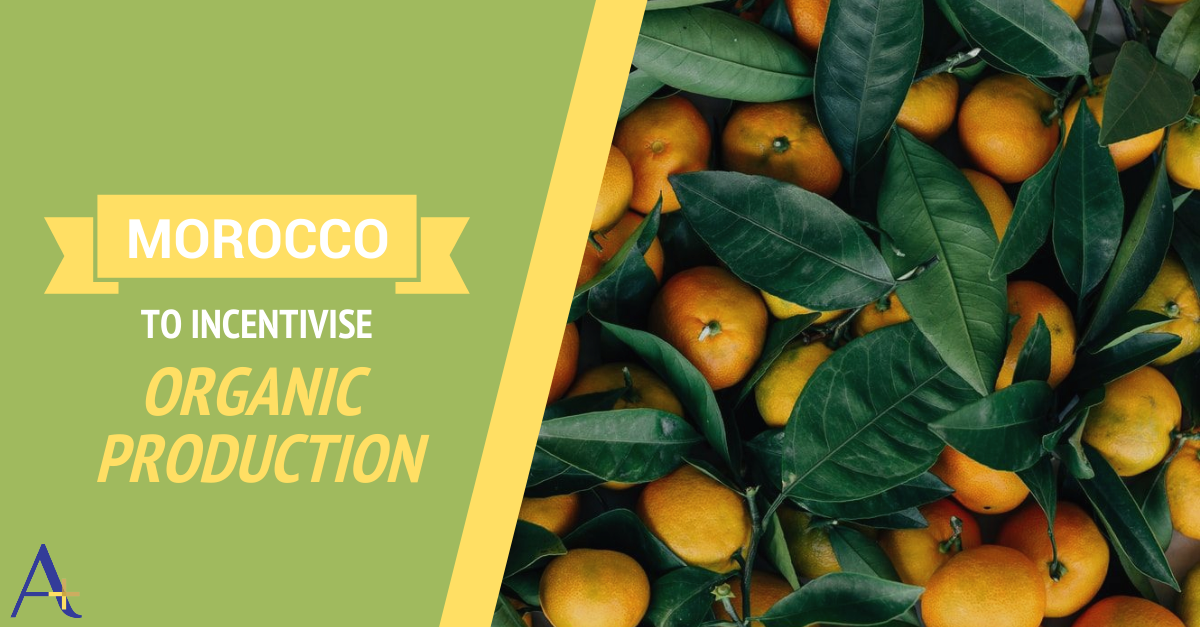The demand for organic products is constantly growing. All over the world this market is changing. It is even one of the few growing sectors in the food market, according to experts.
To better position itself in this environment, Morocco is drawing up a development plan for the organic sector aimed at establishing strategic intervention levers,
Incentives to encourage conversion to organic production
- Continuation of the certification subsidy.
- the upgrading and strengthening of the organic industry
- Upgrading of research, training and supervision in the field of organic production.
- strengthening control measures for organic products
- and promoting the organic label nationally and internationally.
Objective of this development plan
to make the organic sector a flagship sector within the framework of the Green Generation strategy 2020-2030 through an area of 100,000 ha by 2030, generating a production of 900,000 T, two thirds of which are intended for export.
Results
The organic area cultivated in 2020 more than doubled to reach 10,300 ha compared to 4,000 in 2010, in addition to the spontaneous harvest of around 330,000 ha.
- Organic production followed the same upward trend, going from 40,000 T in the reference year (2010) to 130,000 T in 2020.
- Note that the main cultivated species are olive, almond, aromatic and medicinal plants, citrus and market gardening.
- The main spontaneous species are the argan tree, medicinal aromatic plants, carob tree and capers.
In terms of exports, we also note an important development. The volume of shipments of organic products reached 14,000 T exported in 2020 against 10,000 T in 2010.
- Citrus fruits, vegetables, frozen orange juice, frozen strawberries, olive oil and argan oil are the main organic products exported.
- Note that 90% of the cultivated area is divided between 6 main production regions: Marrakech-Safi, Rabat-Salé-Kénitra, Sous-Massa, Fes-Meknes, Tanger-Tétouan and Casablanca –Settat.
